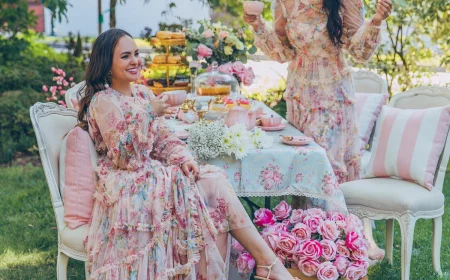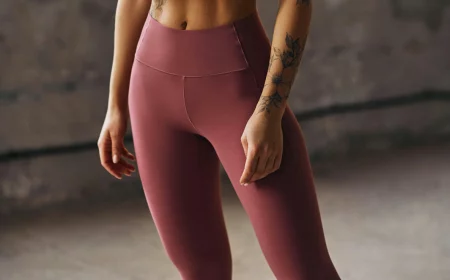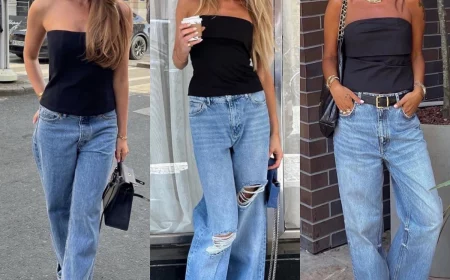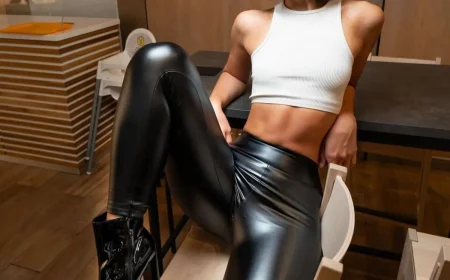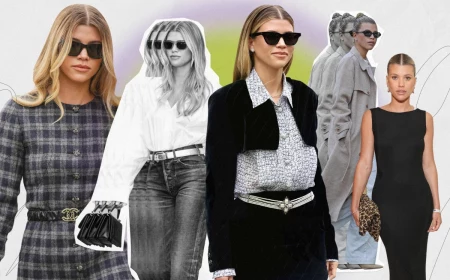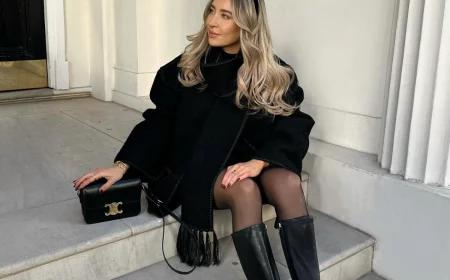Stop Buying Bad Clothes: An Insider’s Guide to Spotting Real Quality
I’ve spent more years than I can count deep in the world of fashion, but not the flashy, front-row kind. I’m talking about the workshops, surrounded by pattern-makers, humming sewing machines, and endless bolts of fabric. And if there’s one thing I’ve learned, it’s that trends are a revolving door. Chasing them is a fast way to go broke and end up with a closet full of clothes you don’t even like.
In this article
What really matters—what gives you true, lasting style—is understanding the clothes themselves. How are they put together? What are they made of? Why do some things hang beautifully while others just… don’t? This isn’t about what’s trendy right now. It’s about giving you the kind of knowledge I share with my own apprentices, the stuff that lets you see past the hype.
My goal here is to help you tell the difference between a garment that will fall apart in three washes and one that will become a go-to favorite for years. Let’s build a wardrobe with intention, based on quality and a great fit, not just a catalog of fleeting looks.
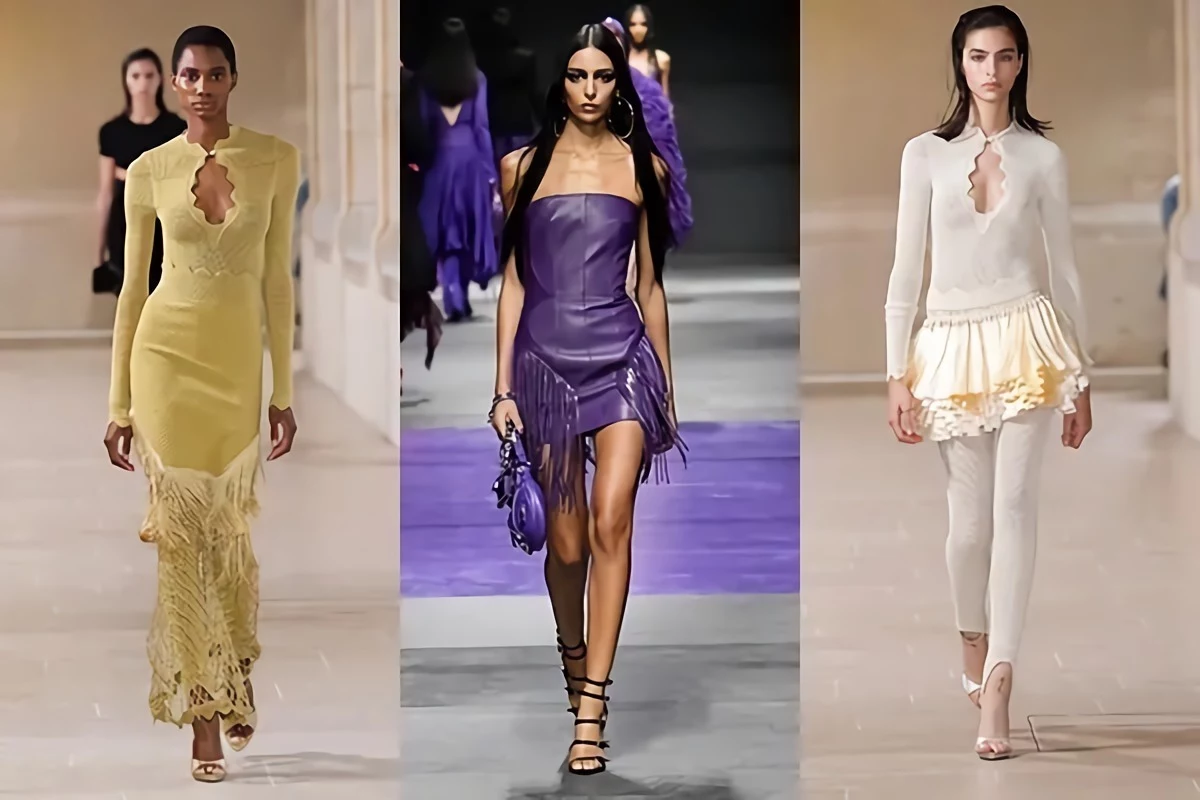
1. The Utilitarian Vibe: It’s So Much More Than Pockets
We see certain styles, like cargo pants or field jackets, come back again and again. To a pro, this isn’t just a trend cycle; it’s a nod to utilitarian design. This whole school of thought is about making things that work, last, and serve a purpose, drawing its DNA from old-school military and workwear.
What to Look For in a Well-Made Piece
When I’m checking out a utilitarian-style garment, the first thing I do is touch it. The fabric tells you almost everything. Traditional military cargo pants were made from a tough but flexible cotton sateen. Today, you’ll find them in anything from heavy canvas to lightweight techy nylon. A good pair should feel substantial, not flimsy. For a classic pair of cargo pants, a solid cotton twill or canvas is what you want. It should have a tight, visible weave that feels like it could handle some real wear and tear.
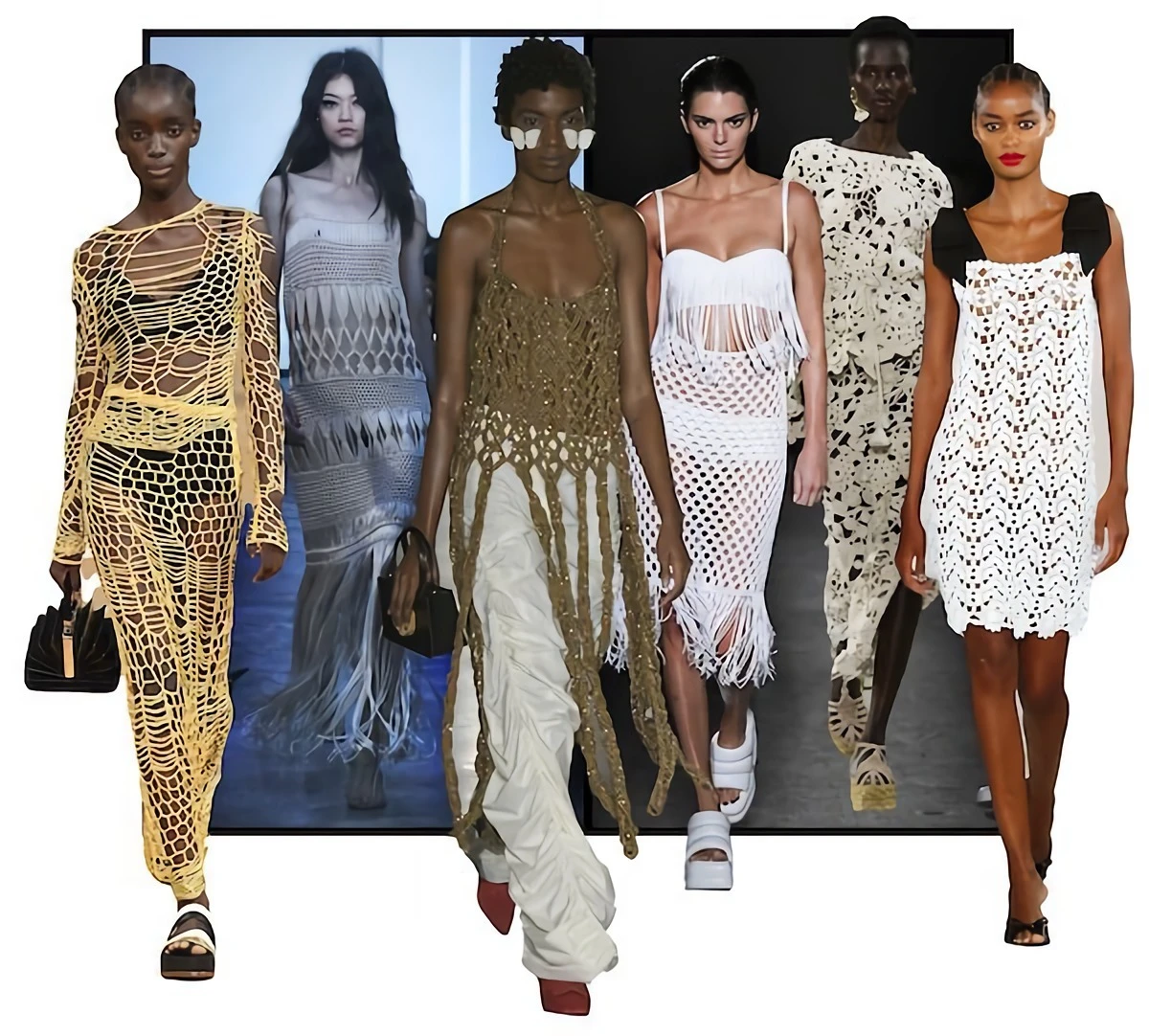
Next, I immediately check the seams. This is a huge giveaway. A cheap pair of pants will have a simple overlock stitch on the inside—it looks like a messy loop of thread running along the raw edge of the fabric. It’s fast and cheap to produce. But a high-quality pair? They’ll often use flat-felled seams, especially on the inseam and yoke. That’s the same super-durable seam you see on the side of your denim jeans, with two neat, parallel rows of stitching. It’s incredibly strong and takes more skill to do, which is why it signals a better garment.
Oh, and the pockets! On well-made cargo pants, look at the corners of the pocket flaps. You should find tiny, dense clusters of stitches called bar tacks. These are reinforcements to stop the fabric from tearing at stress points. If a brand takes the time to add bar tacks, they care about how long the piece lasts.
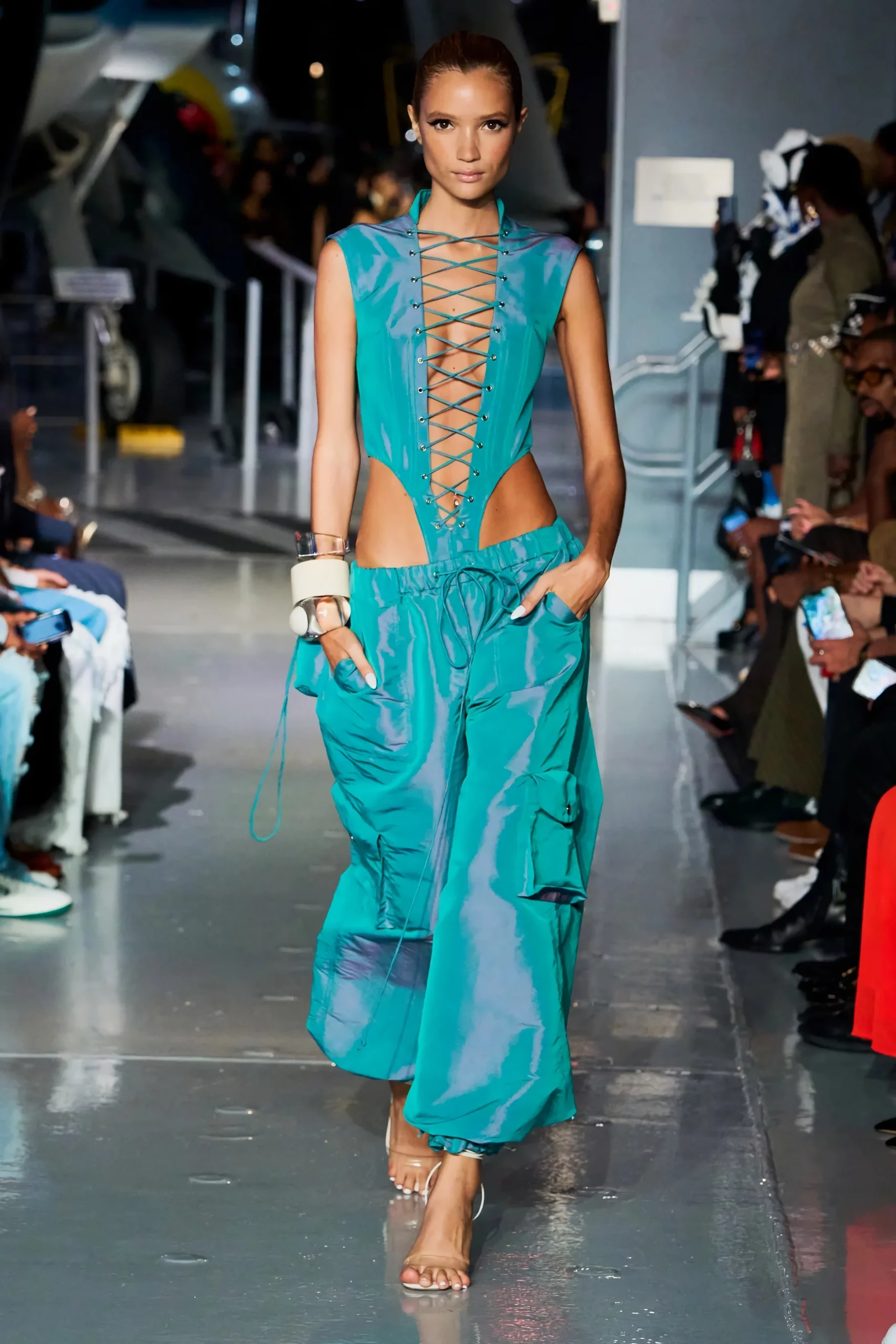
Here’s a quick-and-dirty quality checklist you can use right in the fitting room:
- The Zipper Test: This is my number one trick. Check the zipper. Does it say “YKK” or “RiRi” on it? Those are signs of quality hardware. If it’s a flimsy, anonymous zipper that snags, the maker cut corners everywhere else, too.
- The Seam Flip: Flip a seam inside out. Are you seeing messy, loose threads (that’s an overlock), or is the raw edge neatly tucked away and stitched down?
- The Fabric Feel: Does the fabric feel right for the job? A heavy jacket should feel heavy. A summer pant should feel breathable. If it feels cheap and thin, it probably is.
- Pocket Check: Look for those little reinforcement stitches (bar tacks) at the corners of the pockets. It’s a small detail that means a lot.
Finding Your Utilitarian Style
The key to actually wearing these pieces is balance. A pair of classic, heavy cotton cargo pants has a lot of visual weight. To avoid looking like you’re lost in your clothes, pair them with something simpler and more fitted up top, like a great knit tee or a simple cashmere sweater.
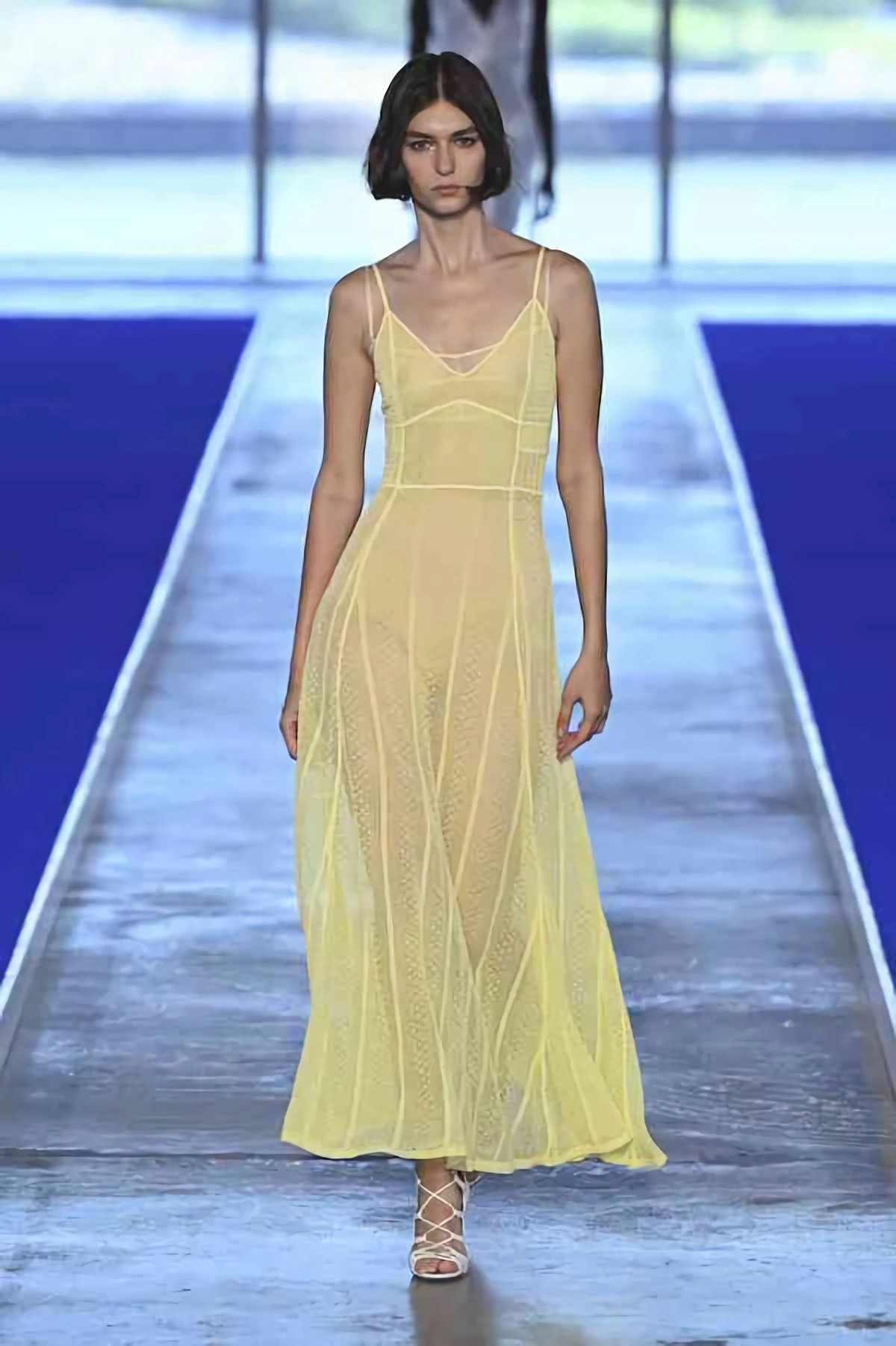
By the way, you can find these styles at almost any price point. For that authentic, budget-friendly workwear vibe (under $80), you can stick with timeless brands like Dickies or Carhartt. If you have more to spend, say in the $150-$250 range, you can look at brands like Stan Ray or Engineered Garments for a more fashion-forward spin on the classics.
2. Working with Sheer and Delicate Fabrics
Sheer fabrics are a fashion constant because they’re amazing for playing with layers, texture, and light. But honestly, they can be a total nightmare to work with, and knowing the difference between them can save you from a costly mistake.
A Quick Guide to Sheer Fabrics
“Sheer” isn’t just one thing. Let’s break down the big players you’ll see in stores. Think of it as a little fabric face-off.
First up is Chiffon. This can be silk or polyester. It has a matte, slightly rough feel to it, and its drape is incredibly soft and fluid. Silk chiffon is a dream to wear because it’s so breathable, but polyester is tougher and resists wrinkles. Then you have its stiffer cousin, Organza. Organza is crisp, almost like paper, and holds its shape. It’s perfect for creating volume, like big puffy sleeves or structured overlays on skirts. It was traditionally silk, but now you see a lot of polyester organza.
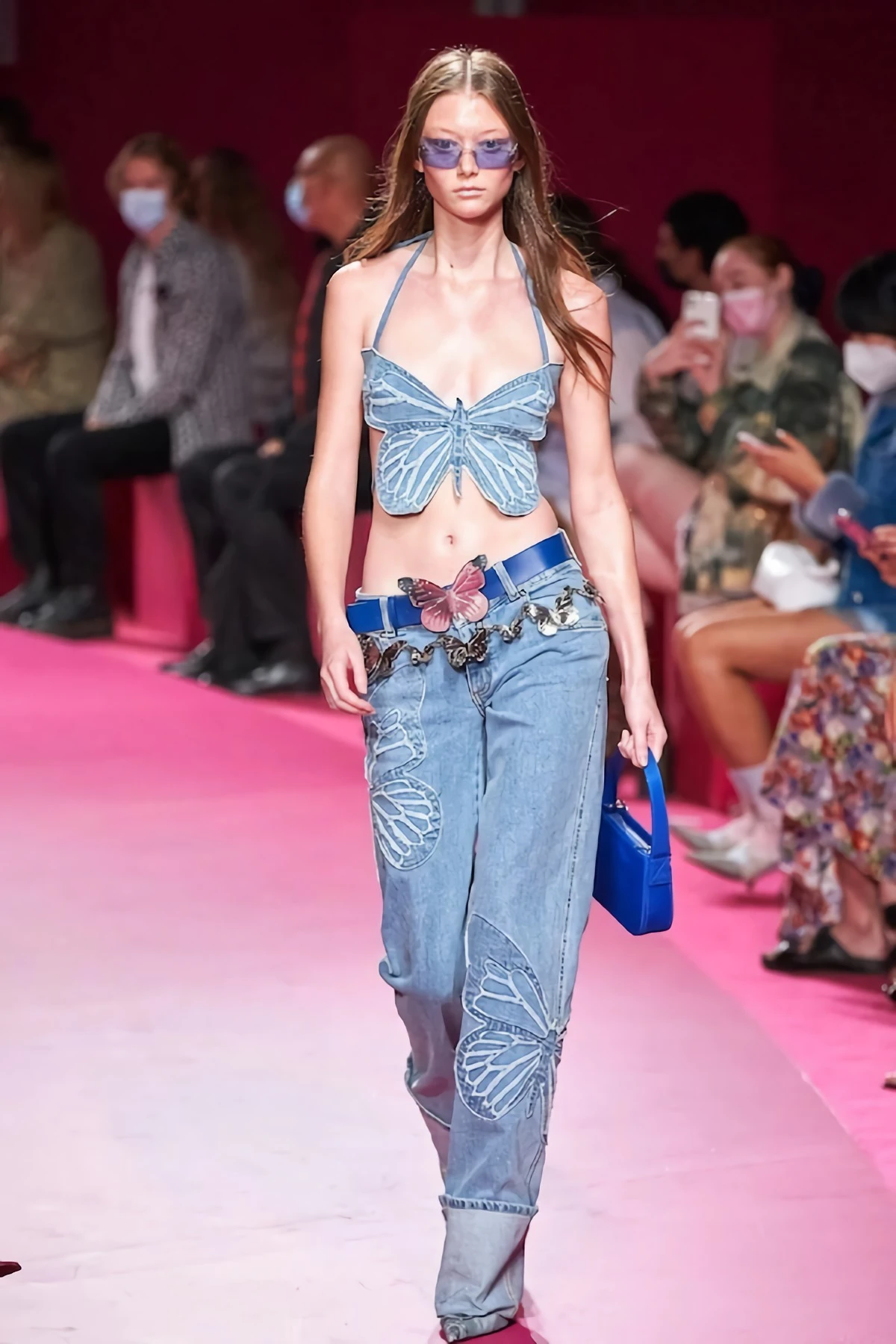
A close relative is Georgette. It’s like chiffon but a bit heavier and more crinkly, with a bouncy, lively drape that’s really beautiful. And don’t forget Technical Mesh, which is usually nylon or polyester. It’s a knit, so it has some stretch, making it a favorite for athletic-inspired looks or cool layering pieces.
How to Spot a Well-Made Sheer Garment
Because these fabrics are so shifty and delicate, making clothes from them is tough. That’s why a good sheer blouse costs more. A cheap one will have those messy, visible overlocked seams inside, which just looks clumsy on a transparent fabric.
The gold standard is the French Seam. It’s pure magic. The seam is sewn twice, completely encasing the raw edge within a tiny, neat fold. When you look inside the garment, all you see is another clean line of fabric—no frayed edges. It’s beautiful, strong, and a dead giveaway that a real craftsperson made it. This is why a well-made silk blouse with French seams might cost you $150, while a polyester one with basic seams is only $40.
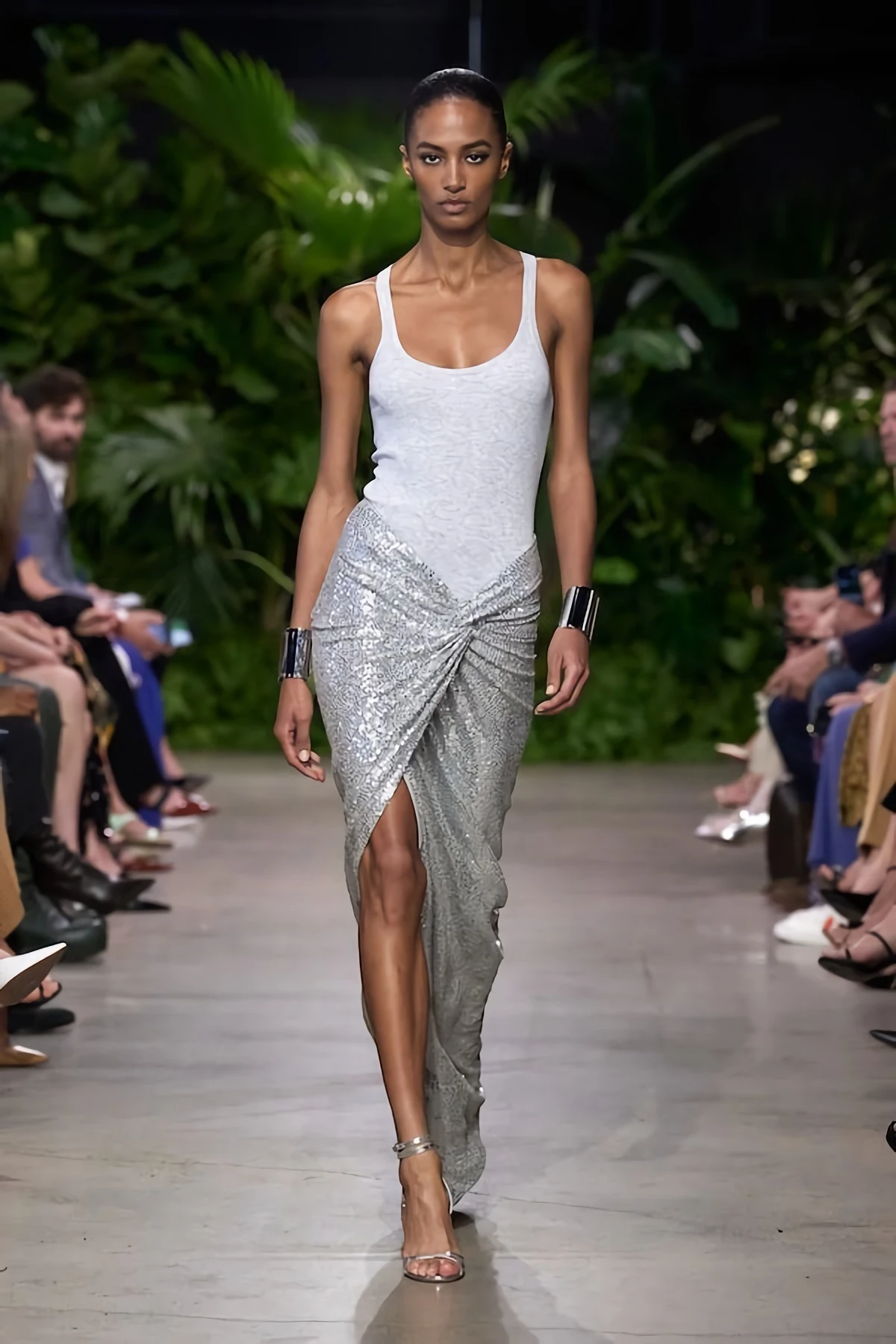
Heads up! These fabrics are fragile. I once saw a client utterly destroy a gorgeous $400 silk organza blouse by tossing it in the wash—it came out looking like a crumpled, sad tissue. Don’t be that person! Always check the care label. Most silks are dry-clean only. Polyesters can sometimes be hand-washed in cool water, but never, ever wring them out. Gently roll the garment in a towel and hang it to dry away from the sun.
3. The Secret Power of Silhouette
People get so hung up on color and print, but the most important thing about any piece of clothing is its silhouette—the overall shape it creates. And the two most powerful tools for changing that shape are the waistline and the hemline.
It’s All About Proportions
A high-waisted pant raises your natural waistline, which visually makes your legs look longer. It’s a classic styling trick for a reason. A low-rise waist does the exact opposite: it elongates your torso and shortens the leg line. Neither is good or bad; they just create different effects.
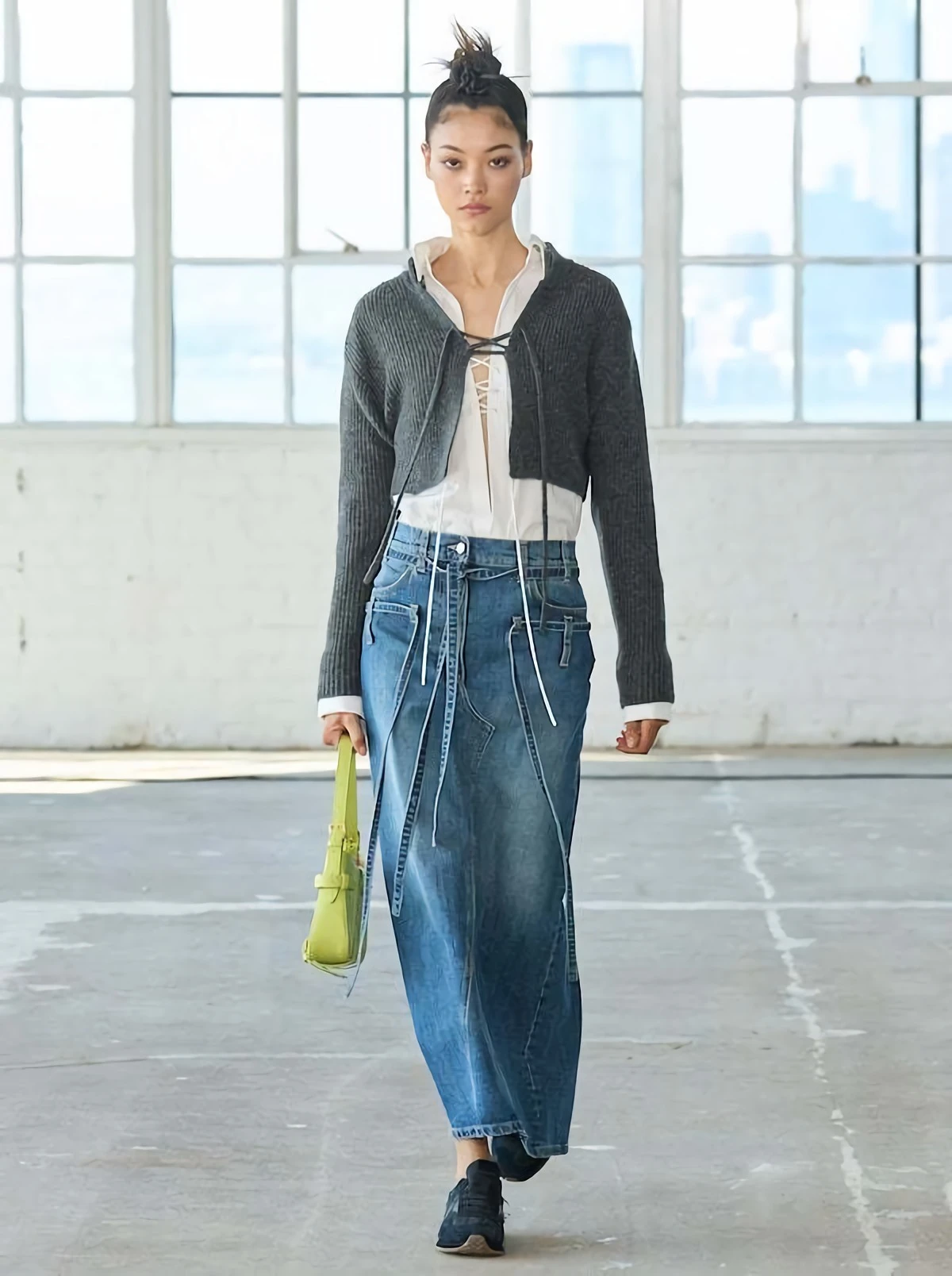
The same logic applies to hemlines. A maxi skirt creates one long, unbroken vertical line, which can look incredibly graceful and tall. A mini skirt, obviously, puts all the focus right on your legs. The fabric choice here is critical. A maxi skirt made from heavy denim will be stiff and A-shaped, while the same skirt in a slinky silk will cling and flow with your body, creating a totally different vibe.
Finding the Right Shape for YOU
Here’s where I have to be frank: not every trend is for every body. The best thing you can do is learn to dress the body you have today. This takes a little honest assessment.
A little homework for you: Put on your favorite pair of pants. Stand naturally and take a quick photo in a full-length mirror. Now, do the same with your least favorite pair. Look at the two photos side-by-side. Don’t judge your body! Just look at the clothes. Where does the waist hit? How does the leg shape change your overall proportions? You’ll start to see what makes you feel great. It’s all just lines and shapes!
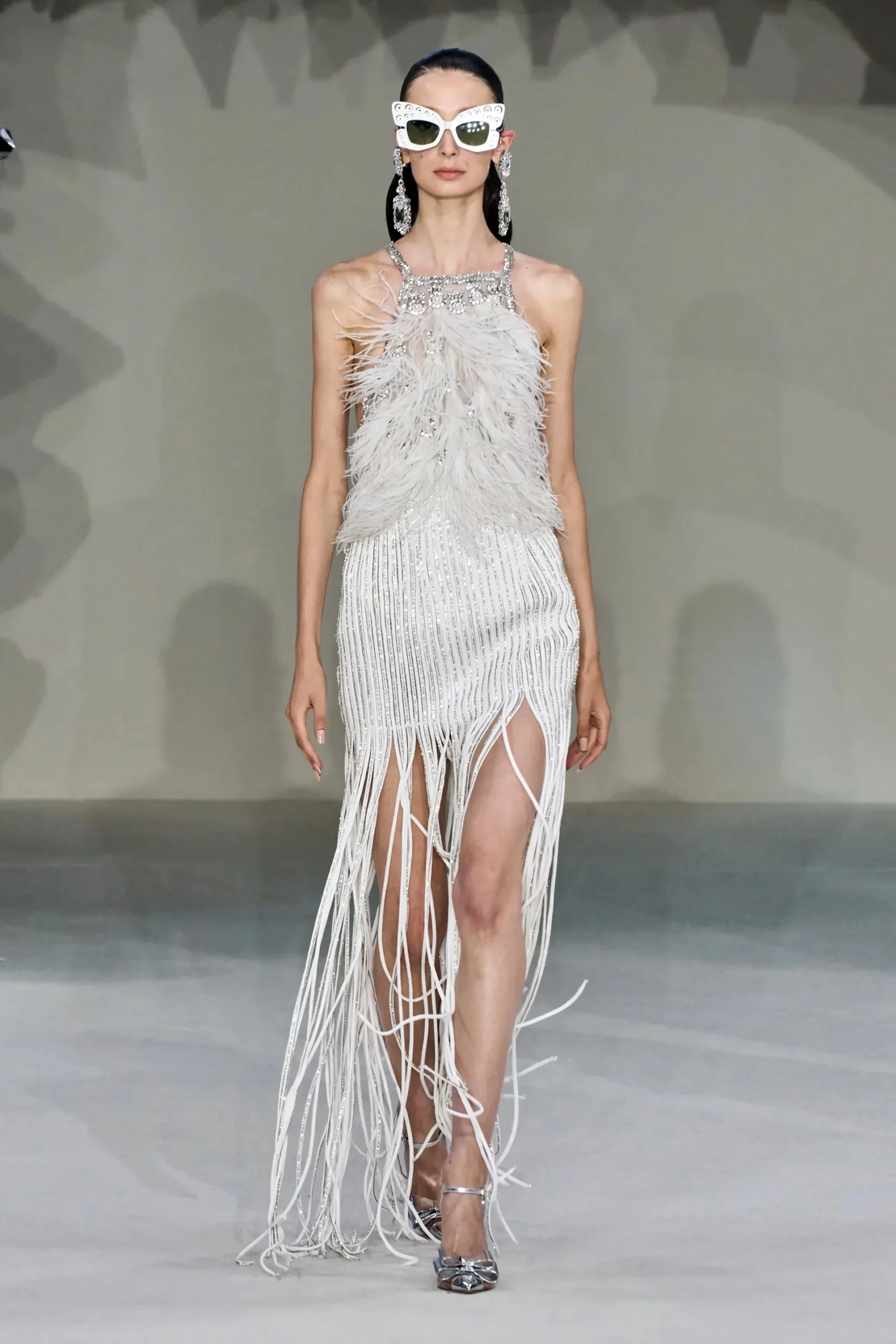
And please, don’t forget the power of a good tailor. It’s my number one secret weapon. Getting pants hemmed usually runs about $20-$25, and having the waist of a skirt or trousers taken in might be $30-$50, depending on where you live. It’s a small investment that makes a $100 item look like it was custom-made for you.
4. Mastering Texture and Color Like a Pro
Beyond the basic shape, texture and color are what give a garment its personality. Let’s talk about how to handle two big ones: shiny surfaces and bold, saturated colors.
The Deal with Shine
Shine isn’t just one thing. Cheap sequins are a dead giveaway—they’re thin, flimsy, and look sparsely glued on. Good sequins are dense, often sewn on, and have a beautiful depth to them. Shine can also come from metallic threads woven right into the fabric, or from a satin weave, where the structure of the fabric itself creates that smooth, light-reflecting surface you see on silk charmeuse. Lastly, some fabrics are coated with a polymer to get that “wet” look, but be aware this can make them less breathable.
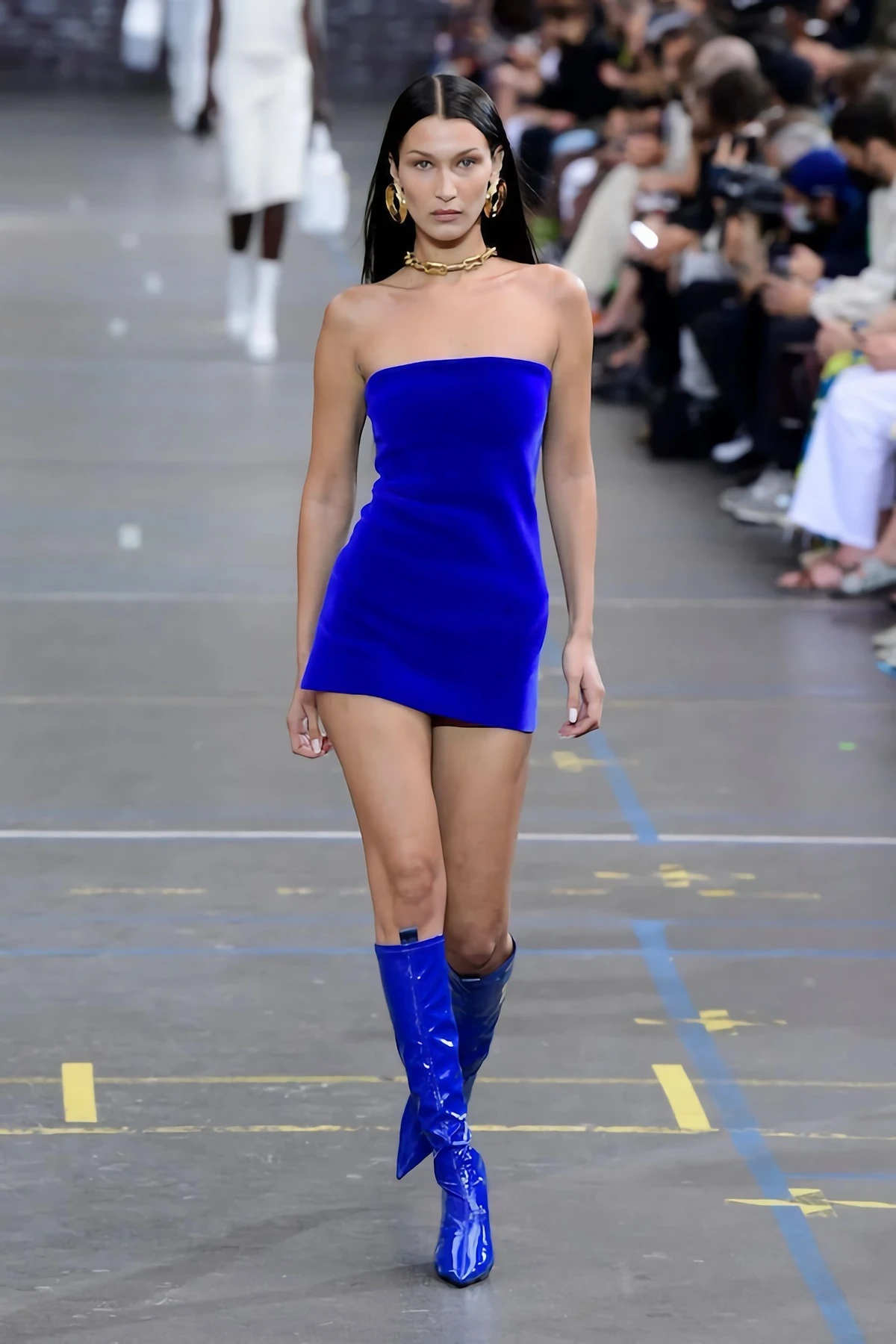
A word of warning: Shiny things are often delicate. Sequins can fall off (and are a nightmare to alter), and coatings can crack over time. Always, always check the care label before you fall in love.
Wearing a Bold Color Like Cobalt Blue
Ever wonder why one specific, powerful color seems to be everywhere at once? Sometimes it’s a coordinated push from the industry, but some colors, like a rich cobalt blue, just have their own power. It’s energetic and attention-grabbing.
The best way to wear a color this strong is with confidence. You can go all-in with a full monochromatic suit for a huge impact. Or, for a more approachable take, try the 80/20 rule. Let 80% of your outfit be simple neutrals—black, white, camel, grey—and let that 20% be your pop of cobalt. It could be a sweater, a handbag, or even just a killer pair of shoes. It makes the color feel deliberate and stylish, not overwhelming.
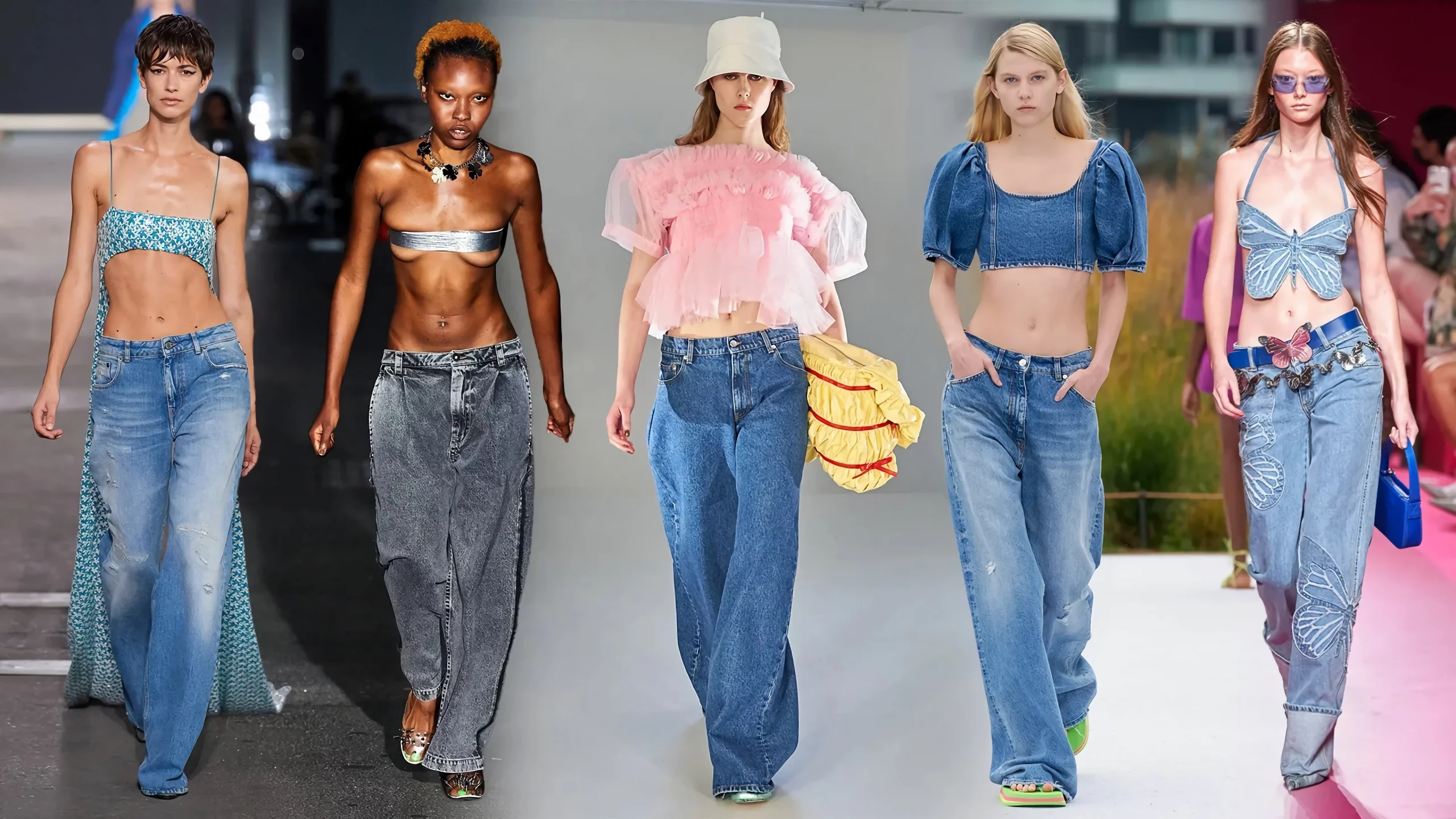
Final Thoughts: Become the Smartest Shopper You Know
I really hope this gives you a new lens for looking at clothes. The next time you’re in a store, I want you to do more than just glance at the style. Pick up the garment. Feel the material. Flip the seams inside out. Think about the silhouette and if it works for you. Ask yourself if the construction and the little details justify that price tag.
Building a wardrobe you truly love has almost nothing to do with owning the “it” bag of the season. It’s all about understanding quality, knowing your own fit, and investing in pieces that make you feel amazing. Once you get a handle on these fundamentals, you’re not a follower of trends anymore. You’re the one in control.
Inspirational Gallery with Photos
The Buttonhole Test: A tiny detail that speaks volumes about a garment’s overall construction. On a well-made shirt or jacket, look for clean, densely stitched buttonholes with no fraying threads. A keyhole buttonhole (with a round opening at one end) is a classic sign of quality tailoring, designed to let the button shank sit comfortably without straining the fabric. A flimsy, frayed buttonhole predicts a short garment life.
Globally, 85% of all textiles go to the dump each year.
This staggering statistic from Business Insider isn’t just an environmental issue; it’s a quality issue. Much of this waste comes from
What’s the real difference between Merino wool and cashmere?
Both are premium natural fibers, but they serve different purposes. Merino wool, from the Merino sheep, has a fine, strong, and crimped fiber, making it incredibly resilient, breathable, and excellent for temperature regulation (think high-end activewear from brands like Icebreaker or Smartwool). Cashmere comes from the soft undercoat of specific goats and its fibers are even finer, providing unparalleled softness and lightweight warmth, but it’s more delicate. For a durable, everyday luxury sweater, Merino is a workhorse. For ultimate softness in a special piece, choose cashmere.
- It won’t easily shrink or warp in the wash.
- The color remains deep and rich, wash after wash.
- The fabric pattern is crisp and perfectly aligned.
The secret? Look for garments made from yarn-dyed fabric. This means the individual yarns were dyed before being woven together, locking the color into the core of the fiber. It’s a more costly process than piece-dyeing (dyeing the whole bolt of fabric at once), and a true hallmark of quality, especially in patterned shirts from brands like Gitman Bros. or classic Breton stripes.
Don’t just look at a garment, listen to it. The zipper is a key mechanical component. A high-quality zipper, like those from YKK, Riri, or Lampo, will have a smooth, satisfying sound and feel substantial in your hand. The teeth should be uniform and mesh perfectly without catching. A cheap, flimsy plastic zipper is often one of the first points of failure on a pair of pants or a jacket. If the brand skimped on the zipper, they likely cut corners elsewhere too.
A well-made garment often feels as good on the inside as it does on the outside.
Always check the lining of a jacket or coat. A quality piece will have a lining made from a silky, breathable material like Bemberg cupro or viscose, not a staticky, cheap polyester. Look for how it’s attached: is it hanging freely at the hem to allow for movement? Are there interior pockets finished with the same care as the exterior ones? The lining is the garment’s hidden soul.
Pattern Matching: A quick visual check for craftsmanship. On a well-constructed garment with stripes, plaids, or other repeating patterns, the pattern should align seamlessly at the seams—especially across the front placket, at the pocket, and where the sleeves meet the shoulders. This requires more fabric and a lot more skill from the cutter. A mismatched pattern is a clear sign that speed and cost-saving were prioritized over quality.
Fabric ‘hand’ and ‘drape’ are two terms professionals use constantly. The ‘hand’ is simply how a fabric feels to the touch—is it smooth, crisp, soft, or rough? The ‘drape’ is how it falls under its own weight. To test it, hold up a section of the garment. Does it hang gracefully in soft folds, or is it stiff and unyielding? A fabric with a beautiful drape, like Tencel or a high-quality silk, will move with your body and look far more elegant than a rigid, cheap alternative.

